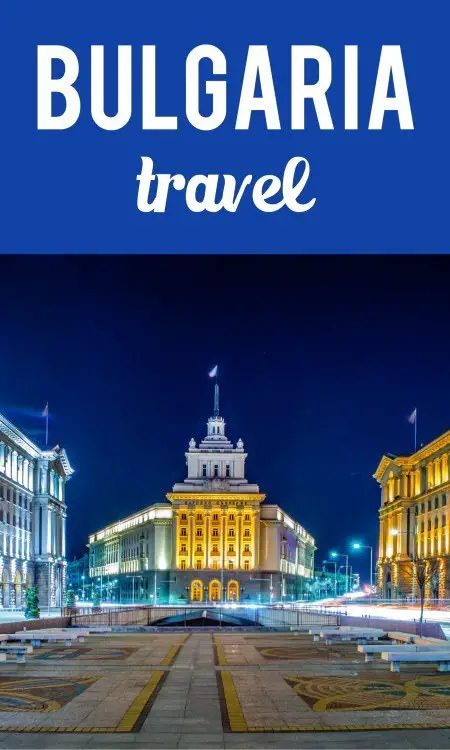
The Republic of Bulgaria is a small country in Eastern Europe that shares a border with Romania, Serbia, Macedonia, Greece and Turkey. The fascinating coastline on the Black Sea serves as the eastern border of the country. The official language is Bulgarian and the national currency is the lev (BGN).
A legend says that when God was creating the world, he gave a present to each country – high mountains, beautiful lakes, long coastlines etc. In the end he came to Bulgaria and found out that there was no type of present left that he had not already given to another country. So, he gave the Bulgarians a bit of everything.
And this is what Bulgaria is like today — a mixture of everything nature can offer. It has breathtaking mountains and a welcoming seaside, magnificent rose valleys and mysterious monasteries, ancient towns and modern cities. It is very likely that you will gain weight if you plan to visit Bulgarian homes, because the people are friendly and hospitable and do their best to make you feel welcome.
Sofia
Sofia, the capital of Bulgaria, is situated in the outskirts of the mountain Vitosha, whose ski slopes offer an extreme skiing experience — even at night.
The best way to explore the city is by just following the yellow-paved street. The path starts at the University of Sofia, built more than 100 years ago; after that you’ll see the parliament building, and the orthodox cathedral St. Alexander Nevski — one of the symbols of Sofia — is right behind it. Other interesting buildings along the yellow-paved street are the Russian church St. Nikolay, the palace (which is now an art gallery), the national theater Ivan Vazov and the Central Department Store.
The word “mixture” seems to be the best one to describe the atmosphere in Sofia — a combination of people, styles and architecture. The old town walls, built by the Thracians in the 7th century BC when the city was first established, stand alongside beautiful buildings proudly representing the finest period of Russian influence in Bulgaria, and next to them massive communist buildings remind of the country’s recent past. In the last few years five new shopping malls have been built in order to satisfy even the most pretentious buyer.
If you are up for a cultural experience, Sofia is the right place to be. On Rakovsky Street you will find a variety of theatres, art galleries, museums and festivals all year round. Don’t forget to visit the National Palace of Culture, where many fairs and concerts are held.
The transport network will help you reach any point of interest trouble-free, and includes two underground lines as well as many trams, buses and trolleybuses (a mix of tram and bus).
Getting to and from Bulgaria
A number of airline companies fly to Bulgaria, and low-cost carriers such as Wizzair and Ryanair also operate flights to and from the country.
There are four large airports in Bulgaria: in Sofia, Plovdiv, Burgas and Varna; the latter two mostly operate during the summer season. There are regular bus lines to and from the airports, and taxis to the town centre are reasonably priced.
You can also take a train or a coach to Bulgaria. The neighboring countries of Serbia, Macedonia and Turkey are not part of the EU so you will have to show your passport at the border if arriving from one of these countries.
Bulgaria travel resources
Book accommodation in Bulgaria and travel insurance for Bulgaria through us — we love it when you do that!
Check out our Best Cities in Europe podcast.
This page by Steffy Dechina.
No posts
